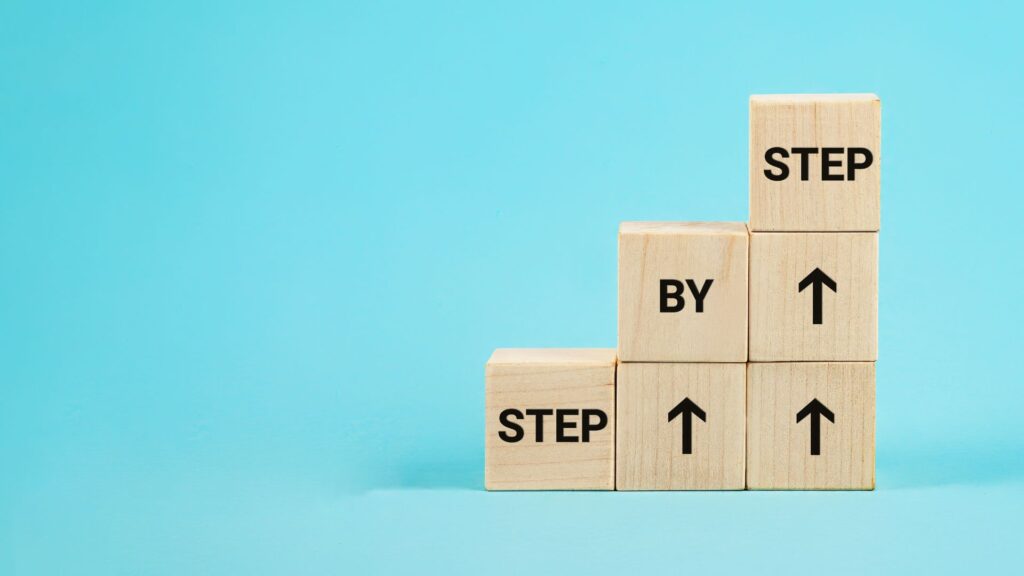We’ve all been there—sent a quote, had a great consultation, and then… crickets. You know your client is interested, but for some reason, they’ve vanished like socks in the laundry. Now you’re stuck in the age-We’ve all been there—sent a quote, had a great consultation, and then… crickets. You know your client is interested, but for some reason, they’ve vanished like socks in the laundry. Now you’re stuck in the age-old business dilemma: How do you perform effective client follow-up without sounding desperate, annoying, or like a telemarketer from the early 2000s?
Following up is an art. Done right, it keeps clients engaged and moves projects forward. Done wrong, it makes you the person whose number they start avoiding. Let’s make sure you land on the right side of that equation.
Why Following Up Matters (Even When It Feels Awkward)
Some professionals hesitate to follow up because they don’t want to be a nuisance. But here’s the reality: clients are busy. Life gets in the way, emails get buried, and sometimes, your quote just isn’t their top priority (shocking, we know). Effective client follow-up isn’t pestering—it’s providing a helpful nudge.
Consider this: Have you ever meant to respond to a text, but you got sidetracked and forgot? Your clients do the same thing. A well-timed follow-up helps them get back on track without making them feel guilty for ghosting you.
But here’s the kicker—one follow-up isn’t enough. That’s why we follow a structured system to stay on top of every opportunity.
How to Follow Up Like a Pro (and Not a Stalker)
Your follow-up strategy should be consistent, structured, and always client-focused. Here’s how we do it:
Step 1: Designer Follow-Up (Weeks 1–4)
For complicated quotes that weren’t finalized during the initial in-home consultation, we follow up weekly for four weeks. Yes, every week. No, that’s not overkill—it’s ensuring the client gets all the support they need to make a decision. How we do it:
Week 1: Check-in email – “Just wanted to see if you had any questions about the quote!”
Week 2: Follow-up with value – “Did you know we’re currently scheduling installations X weeks out? Let’s lock in your spot!”
Week 3: Call or text – “Let’s chat and make sure we’ve covered everything you need.” Week 4: Final nudge before transitioning to the office team – “We’d love to help move this forward when you’re ready!” Throughout this process, we update the CRM so we always know where things stand. No client falls through the cracks!
Step 2: Office Follow-Up (Months 1–3)
If we still don’t have a decision after the first four weeks, we move into long-term follow-up mode.
Day 30: Follow-up call – “Just checking in to see where things stand. We’d love to help when you’re ready!”
Day 60: Another follow-up call – “We know great design takes time—just touching base to see if we can assist in any way.”
Day 90: A final email – “We completely understand that now may not be the time, but if you’re still considering window treatments, we’re here to help!” At every stage, we update the CRM so that no client is forgotten, and every potential project is managed effectively.

Follow-Up Rules for Success
- Timing is Key
If your follow-up frequency starts resembling a countdown, you’re doing too much. But if you disappear for months and then suddenly pop back in, clients will have already moved on. A structured schedule (like ours) keeps you top of mind without overwhelming the client.
- Keep It Light and Human
No one likes a robotic sales pitch. Instead of a stiff “Dear Sir/Madam, I am following up on your recent inquiry,” keep it conversational:
👉 Too formal: “I am inquiring about the status of your window treatment project.”
✅ Better: “Hi [Client’s Name], I just wanted to check in and see if you had any questions about the quote. Let me know how I can help!” Humor works too!
A friendly, “Just making sure your email didn’t eat my message. Let me know if you have any questions!” can break the ice.
- Offer a Clear Next Step
Each follow-up should lead somewhere:
“Would you like to schedule a quick call to go over details?” “Would you like me to tweak the quote based on any changes?” “Do you need more time to decide? Let me know how I can assist!” What If They Never Respond?
If, after weekly follow-ups, a 30-day call, a 60-day call, and a 90-day email, they’re still MIA—we move on. Clients appreciate persistence but not pressure. If they’re interested later, they’ll remember your professionalism and reach out. And most importantly—don’t take it personally! Sometimes budgets change, timelines shift, or priorities rearrange. Your effective client follow-up didn’t fail—it just wasn’t the right time.
Final Thought: Following Up is a Service, Not a Sales Tactic
When done right, effective client follow-up isn’t about chasing clients—they’re about making life easier for them. You’re simply keeping them informed, showing that you care, and ensuring they don’t miss out on an opportunity to enhance their space.
So go ahead, send that follow-up. Just make sure you do it with timing, personality, and purpose—not just to chase a sale. Effective client follow-up is a service, and should be treated as such. By implementing a system for effective client follow-up, you will increase your sales.
Need help with your follow-up process? Behind the Design has you covered! Visit www.gobehindthedesign.com and get started with us today!
#followup #peopleoperations #systemsandprocess #BehindtheDesign










